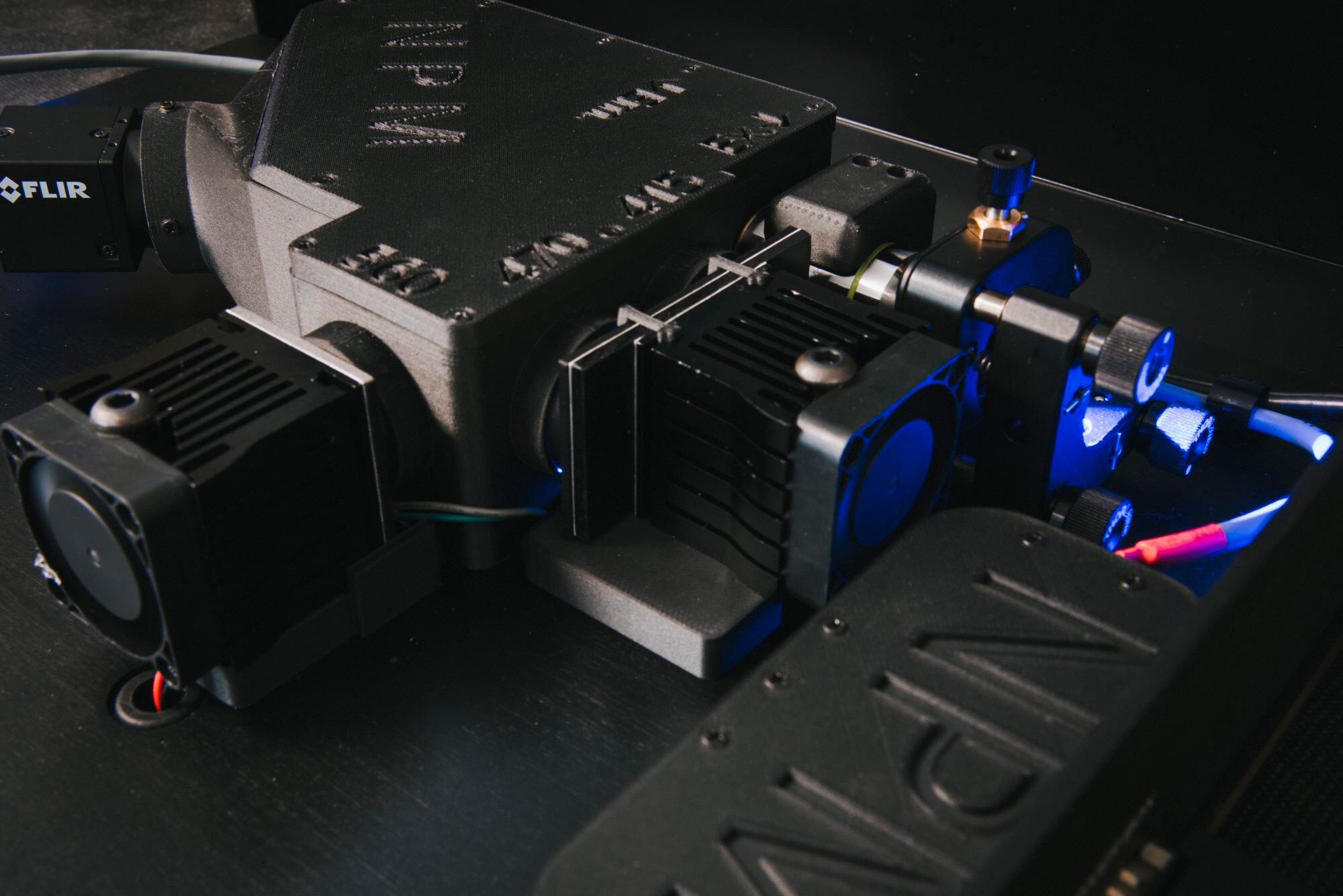
Data Highlight: Schoenbaum Lab
The data presented here were collected and analyzed by Kauê M. Costa, a postdoctoral fellow from Geoffrey Schoenbaum’s laboratory at the National Institute on Drug Abuse.
These dopamine transients (dLight1.2) were recorded in the ventromedial striatum (nucleus accumbens core) during a classical conditioning paradigm. The gray rectangle at time point 0 indicates the conditioned stimulus (CS; a cue), whereas the green rectangle at time point 10s indicates the unconditioned stimulus (US; a sucrose reward).
A reward prediction error signal (RPE) can be seen at both time points. As the sessions progress, you can see how this RPE signal transfers from the US to the CS as the subject begins to associate reward with cue. Each session trace represents an average of only six trials from a single animal — no need to average many trials from several animals to observe meaningful effects. Though we should note, these data were recorded while simultaneously recording from two rats, so it would be possible to have a side-by-side comparison of two individual subjects in this case!
The signal from this subject is so stable that you can follow the shift in RPE from US to CS in the heat map to the left. The signal at time point 0 (CS response) becomes considerably stronger as trials progress down the Y-axis. Concurrently, the strong signal observed at time point 10s (US response) gradually diminishes.
“With this kind of single trial resolution I can now figure out how individual neural and behavioral learning curves relate to each other.” said Kauê. “[I can] see what can disrupt one but maybe not the other, fit them to specific models… all kinds of cool stuff. I think it would be nice for people to know what can be done.”
Data presented here are published with permission from the lab of Geoffrey Schoenbaum at the National Institute on Drug Abuse. This figure and all of the beautiful data that went into it were produced by Kauê Machado Costa. This highlight was written by Caroline E. Sferrazza.
